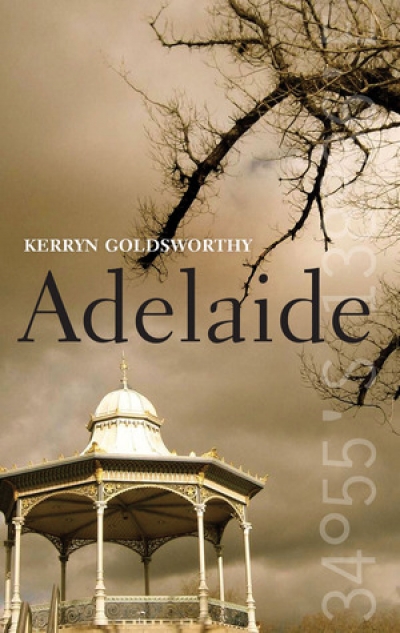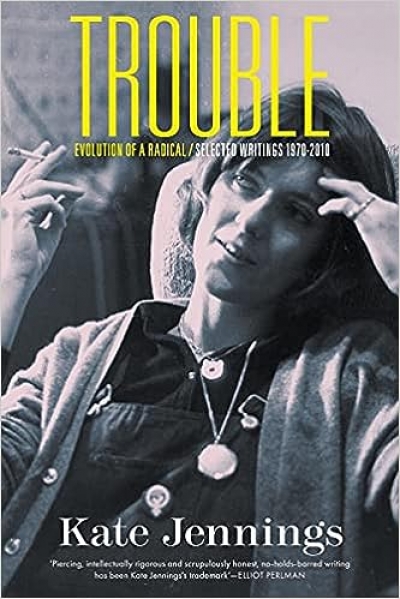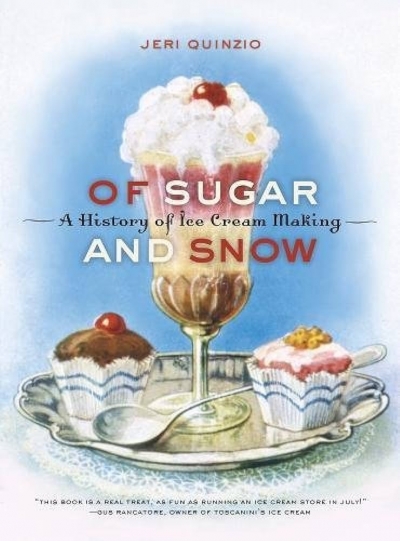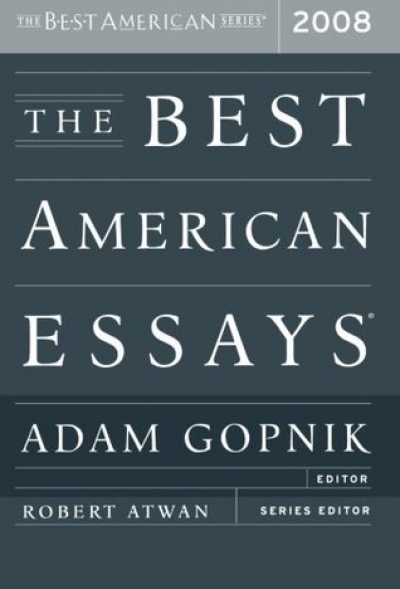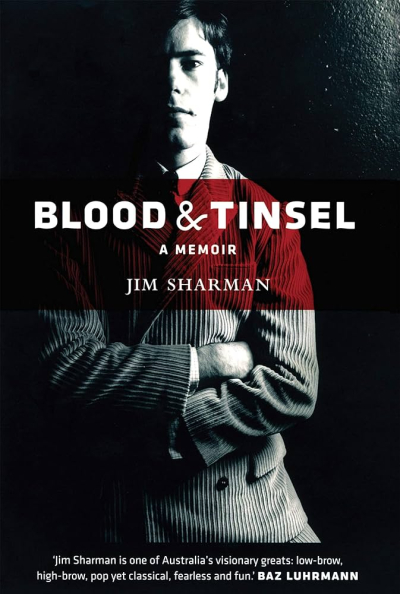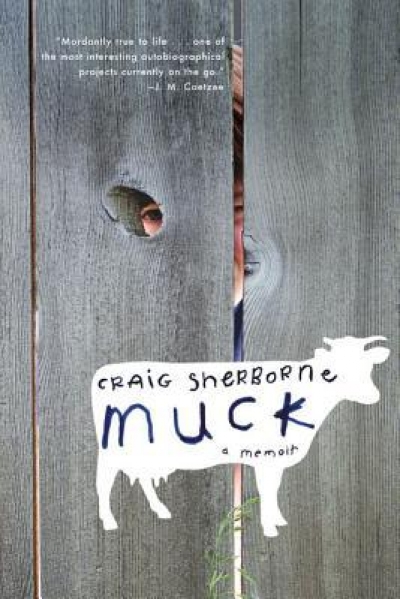Gay Bilson
Trouble: Evolution of A Radical / Selected Writings 1970–2010 by Kate Jennings
by Gay Bilson •
Of Sugar and Snow: The History of ice cream making by Jeri Quinzio
by Gay Bilson •
The Best American Essays 2008 edited by Adam Gopnik & The Best Australian Essays 2008 edited by David Marr
by Gay Bilson •
A Big Life by Jenny Kee (with Samantha Trenoweth)
by Gay Bilson •


